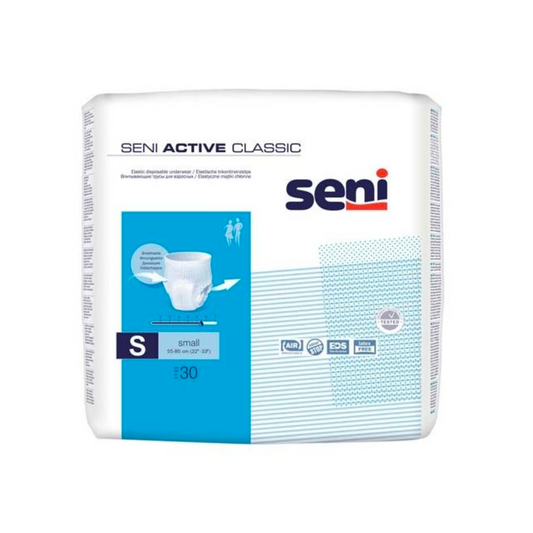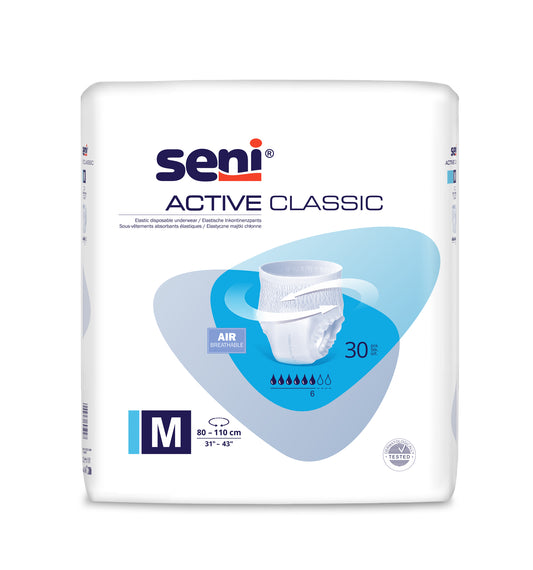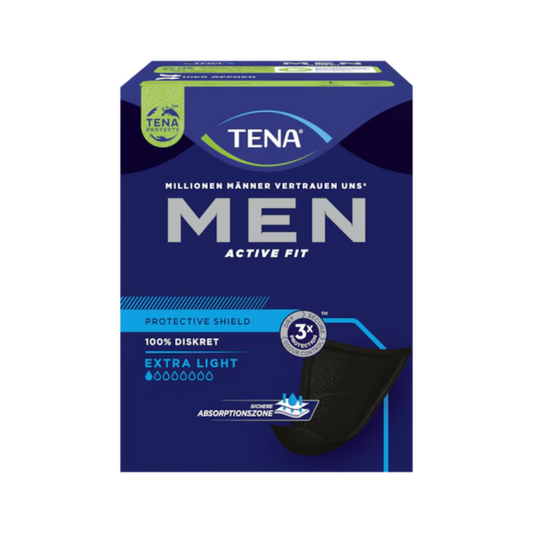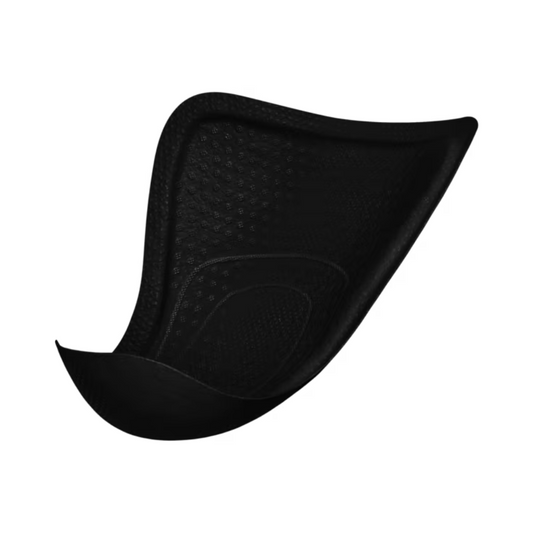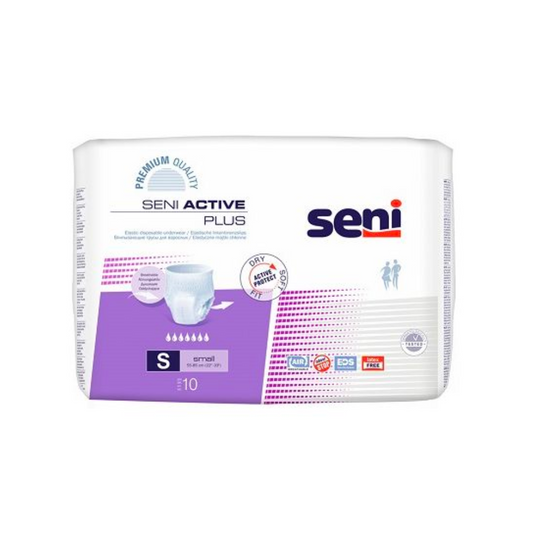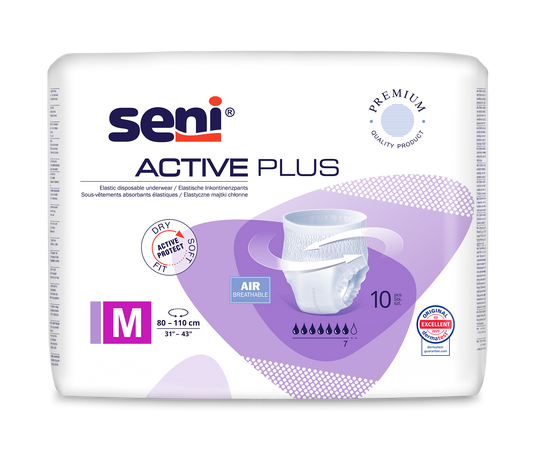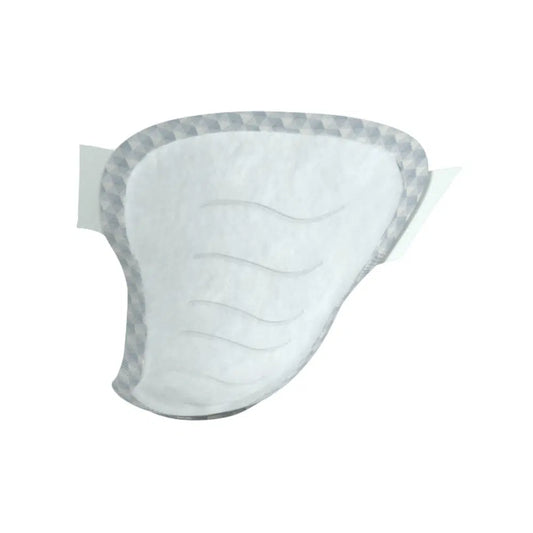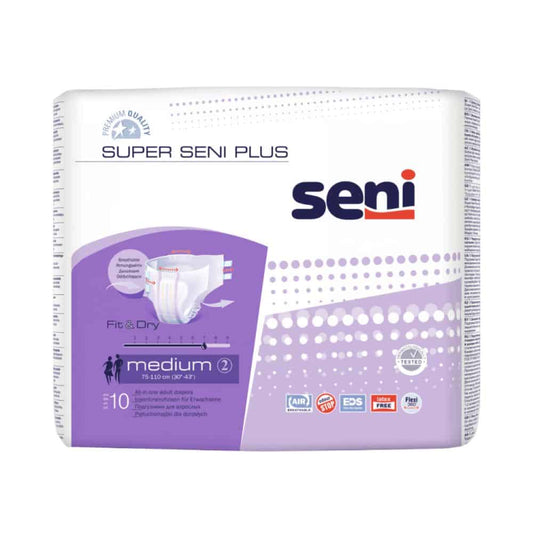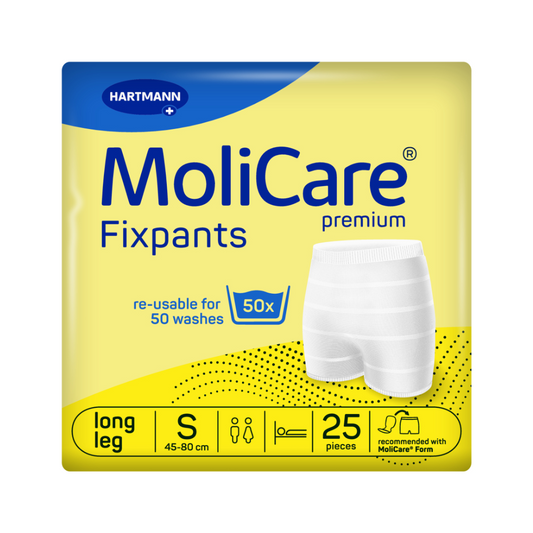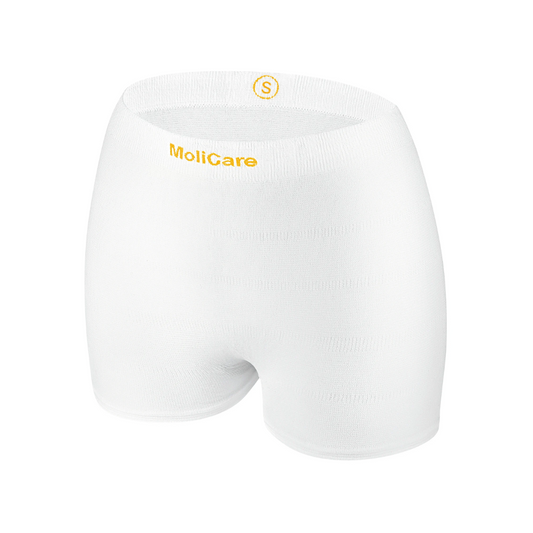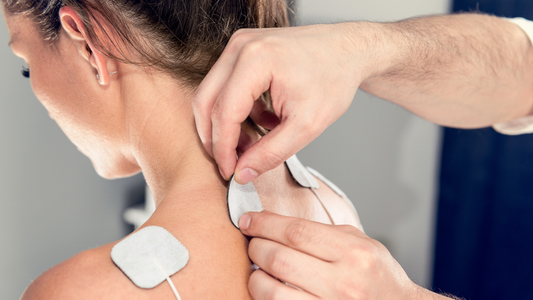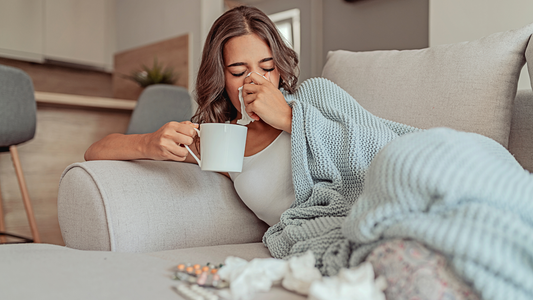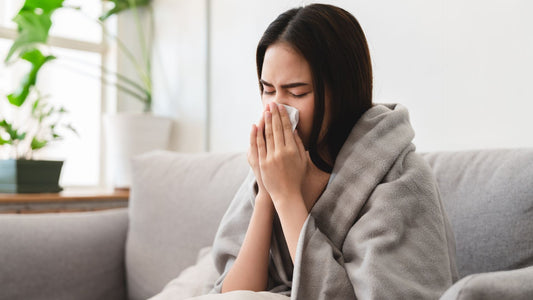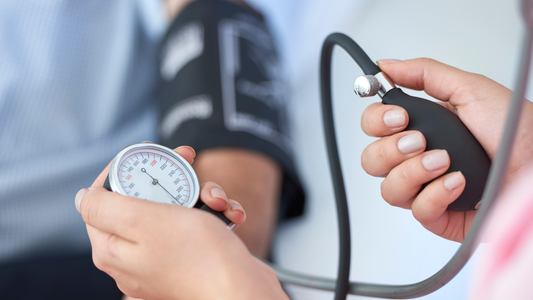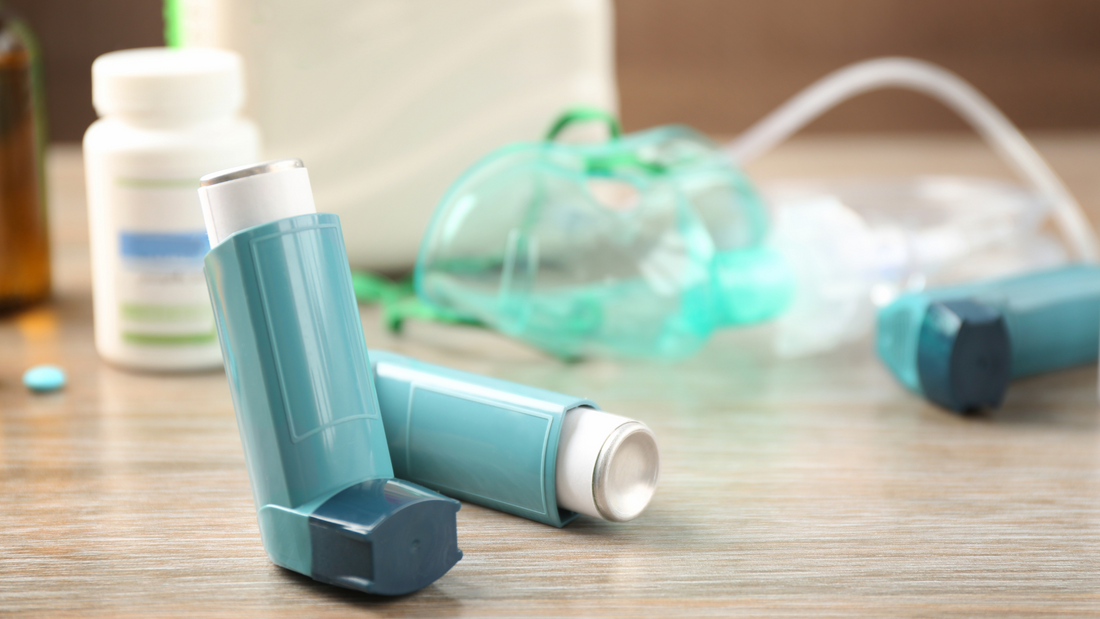
Targeted treatment of respiratory diseases: The role of inhalers and nebulizers
With every breath, your health counts - respiratory diseases can significantly limit daily performance, as they are often accompanied by symptoms such as shortness of breath, cough, and fatigue. For those affected, this often means reduced mobility and the need to carefully plan daily activities. And this is where inhalers and nebulizers come into play. These small helpers can make a big difference in the targeted treatment of respiratory diseases. Learn more in this article about inhalers and nebulizers and find out how they can help you manage your respiratory issues.
Importance of Targeted Treatment of Respiratory Diseases
The precise therapy of respiratory diseases plays a significant role in effectively alleviating symptoms.
Respiratory diseases include a variety of conditions, including bronchial asthma, chronic obstructive pulmonary disease (COPD), bronchitis, pneumonia, as well as acute infections like the flu or a cold.
Typical symptoms of these conditions:
- Cough
- Shortness of breath
- Breathlessness
- Tightness in the chest
- Fever
- General feeling of weakness
Depending on the severity and type of illness, symptoms can vary and should be medically clarified in the case of persistent or severe symptoms.
Functionality of Inhalers and Nebulizers in Respiratory Diseases
The operation of inhalers and nebulizers in respiratory diseases is crucial for targeted therapy. These devices offer the possibility to deliver medications directly to the airways, where they can optimally unfold their effect. Inhalers usually work with metered aerosols, while nebulizers atomize liquids into fine droplets. In this way, the active ingredients reach the lungs and airways specifically, to exert their healing effect there. The specific functionality of these devices enables effective treatment of respiratory diseases, which helps to alleviate symptoms and improve the health of those affected.
|
Criterion
|
Inhaler
|
Nebulizer
|
|
Functionality
|
Delivers medication as a fine spray mist or powder
|
Converts liquid medication into a fine mist
|
|
Application
|
Usually with short, strong inhalation
|
Slow, calm inhalation over several minutes
|
|
Target group
|
Suitable for adults and children with good breathing technique
|
Especially suitable for children, the elderly, or seriously ill individuals
|
|
Form of medication
|
Powder or aerosol
|
Liquid medications
|
|
Handling
|
Mobile, easy and quick to use
|
Less mobile, usually larger devices
|
|
Active ingredient delivery
|
Metered delivery, dependent on inhalation
|
Consistent delivery over a longer period
|
|
Cleaning
|
Low cleaning effort
|
Regular, thorough cleaning required
|
|
Commonalities
|
Both serve for the inhalation of medications to treat respiratory diseases
|
Both allow targeted medication delivery to the airways
|
Special inhalers and nebulizers for babies and children
When treating respiratory diseases in babies and children, special inhalers and nebulizers are particularly important. These devices are adapted to the needs of young patients and ensure effective therapy. The fine particles produced by the inhalers allow active ingredients to be targeted directly to the airways, where they can exert their healing effect. For babies, for example, special nebulizers are available that allow gentle and mild application. Children, on the other hand, benefit from child-friendly inhalers that make treatment easier for them. The right choice of device and correct application are crucial for the success of the therapy, which is why parents should be well informed about the various options to ensure the best possible care for their little ones.

Application tips for inhalers and nebulizers for optimal effect
For optimal effect of your inhalers and nebulizers, it is essential to use them correctly. Start by carefully reading the instruction manual and following all steps precisely. Ensure that the device is cleaned regularly to avoid contamination. Always use the recommended amount of medication and pay attention to the correct breathing technique during application. Also note that regular maintenance of the devices extends their lifespan and ensures the effectiveness of the therapy. Always consult your doctor or pharmacist if you have any uncertainties to ensure you are using your inhalers and nebulizers optimally. This ensures effective treatment of your respiratory diseases.
Step-by-Step Guide: Using Nebulizers and Inhalers
Nebulizer
- Preparation
- Wash your hands thoroughly with water and soap.
- Ensure all parts of the nebulizer are clean and dry.
- Assembly
- Assemble the device according to the manufacturer's instructions.
- Fill the medication or inhalation solution in the designated container. Follow the dosage recommended by your doctor or pharmacist.
- Connection
- Connect the mouthpiece or mask to the nebulizer.
- Attach the air hose to the device.
- Application
- Turn on the device.
- Place the mouthpiece in your mouth or the mask on your face.
- Breathe slowly and deeply until all the medication is nebulized and used up (about 10-15 minutes).
- Cleaning
- Turn off the device and disassemble it.
- Clean all removable parts according to the manufacturer's instructions to ensure hygiene.
Inhalers (e.g., Metered-Dose Inhaler)
- Preparation
- Wash your hands.
- Shake the inhaler vigorously.
- Application
- Remove the protective cap.
- Breathe out slowly and fully.
- Place the mouthpiece between your lips and close your lips around it.
- Start inhalation: Press the inhaler and breathe in deeply at the same time.
- Hold your breath for about 10 seconds to allow the medication to reach the lungs.
- Breathe out slowly.
- Aftercare
- Replace the protective cap.
- Rinse your mouth if recommended by your doctor.
Care and Maintenance of Inhalers and Nebulizers
The regular cleaning and maintenance of inhalers and nebulizers is of great importance to ensure their optimal performance. With careful care, you can extend the lifespan of your device and prevent potential malfunctions. After each use, you should thoroughly clean and disinfect the nebulizer according to the manufacturer's instructions. Make sure all components are completely dry before reassembling them. Regularly checking all parts for wear or damage is also important to ensure proper functioning. Invest time in the care of your inhaler or nebulizer to benefit from effective treatment of your respiratory disease in the long term.
Conclusion: Effective Treatment of Respiratory Diseases with Inhalers and Nebulizers
In the final analysis, it is clear how effective the treatment of respiratory diseases with inhalers and nebulizers can be. These devices play an irreplaceable role in the targeted relief of symptoms and the improvement of airway function. Their importance for patients with various conditions such as asthma, COPD, or bronchitis is undeniable. By delivering medications in the form of fine aerosols, they enable efficient and targeted therapy directly at the affected areas in the airways. With special models for babies and children, the treatment of the youngest patients is also facilitated. Proper use and regular maintenance are crucial for the long-term effectiveness of these devices to ensure optimal therapy. Inhalers and nebulizers significantly contribute to the improvement of the quality of life for patients with respiratory diseases. Discover the wide range of inhalers, nebulizers, and other medical products at Altruan.
